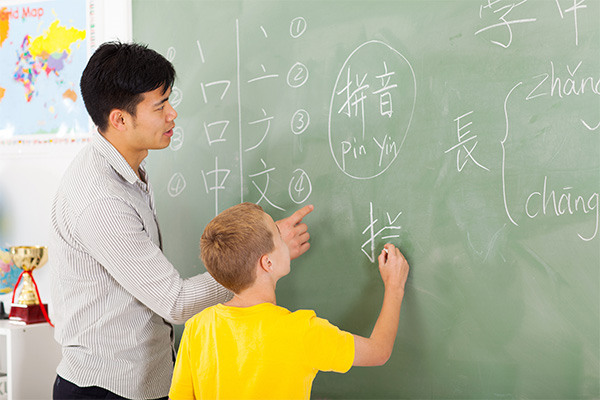by
User Not Found
| Apr 20, 2020
Dr Bo Hu, Program Officer, Asia Education Foundation

"For a writer, the best way to speak is by writing. You will find everything I need to say in my works. Speech is carried off by the wind; the written word can never be obliterated."
- Mo Yan, awarded the #NobelPrize in Literature 2012.
In 2010, the United Nations (UN) initiated language days to celebrate and advance the equal use of Arabic, Chinese, English, French, Russian and Spanish – the six official languages of the UN – with the aim to deepen respect for multilingualism and cultural diversity.
Chinese has a long history in Australia as a community language. As a Chinese language teacher who advocates for multilingualism inclusive society through community language education in Australia, I cannot help but wonder about the complex character of the ‘Chinese language’.
So, what makes up the Chinese language and why is it important to acknowledge the multilingualism within the language?
The Chinese language is an umbrella term that includes Mandarin, Wu, Xiang, Gan, Hakka, Cantonese and Min (Norman, 1988). These Chinese varieties are not mutually intelligible. It may surprise some to learn that Mandarin is not one language, and that it refers to a group of northern Chinese dialects. The kind of Mandarin that second language learners’ study in a classroom setting is normally called Modern Standard Mandarin. While Modern Standard Mandarin per se has varieties, such as Putonghua (literally ‘common speech’) in mainland China, Guoyu (literally ‘national language’) in Taiwan, and Huayu (literally ‘Chinese language’) in Southeast Asian Chinese-speaking societies.
Choosing which variety of Mandarin to learn or use – an identity practice – is associated with specific language learning and use contexts, learners’ or users’ attitudes to the language varieties, and their emotional, geographic or even familial affiliations with each variety.
That is to say, while we are promoting intercultural understanding via Chinese language teaching in Australia, we are not only bringing Australians of different cultural backgrounds together, we are also facilitating understanding and communication between Chinese Australians from different subcommunities marked by distinctive Chinese varieties and regional identities.
Celebrating Multilingualism
To truly celebrate the diversity of Chinese language and culture, education policy makers and educators should acknowledge the deep diversity of the Chinese language and of the standardised Mandarin.
The complexity of Chinese language learners’ backgrounds (e.g. the range of familiarity with the Chinese language and the different varieties of Chinese they may have been exposed to) should be considered when designing and delivering a language program.
Acknowledging Chinese multilingualism in language education not only shows a respect for Australia’s evolving Chinese linguistic landscape and Chinese language speakers, but also would help language learners and the general public gain a proper understanding of the language itself.
Share your #ChineseLanguageDay celebrations with #AEFchat.
Click here to access Asia Education Foundation teaching resources on China.